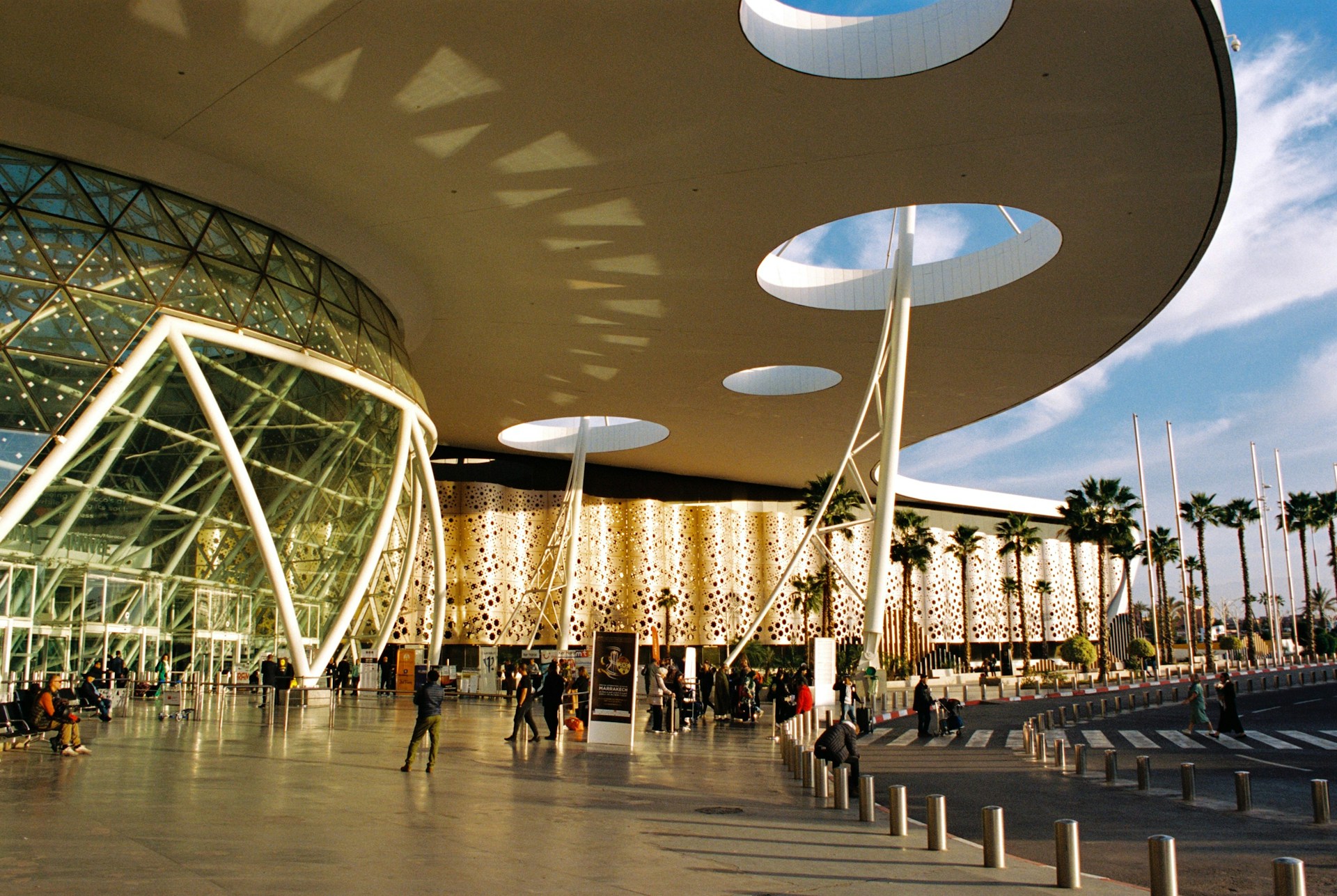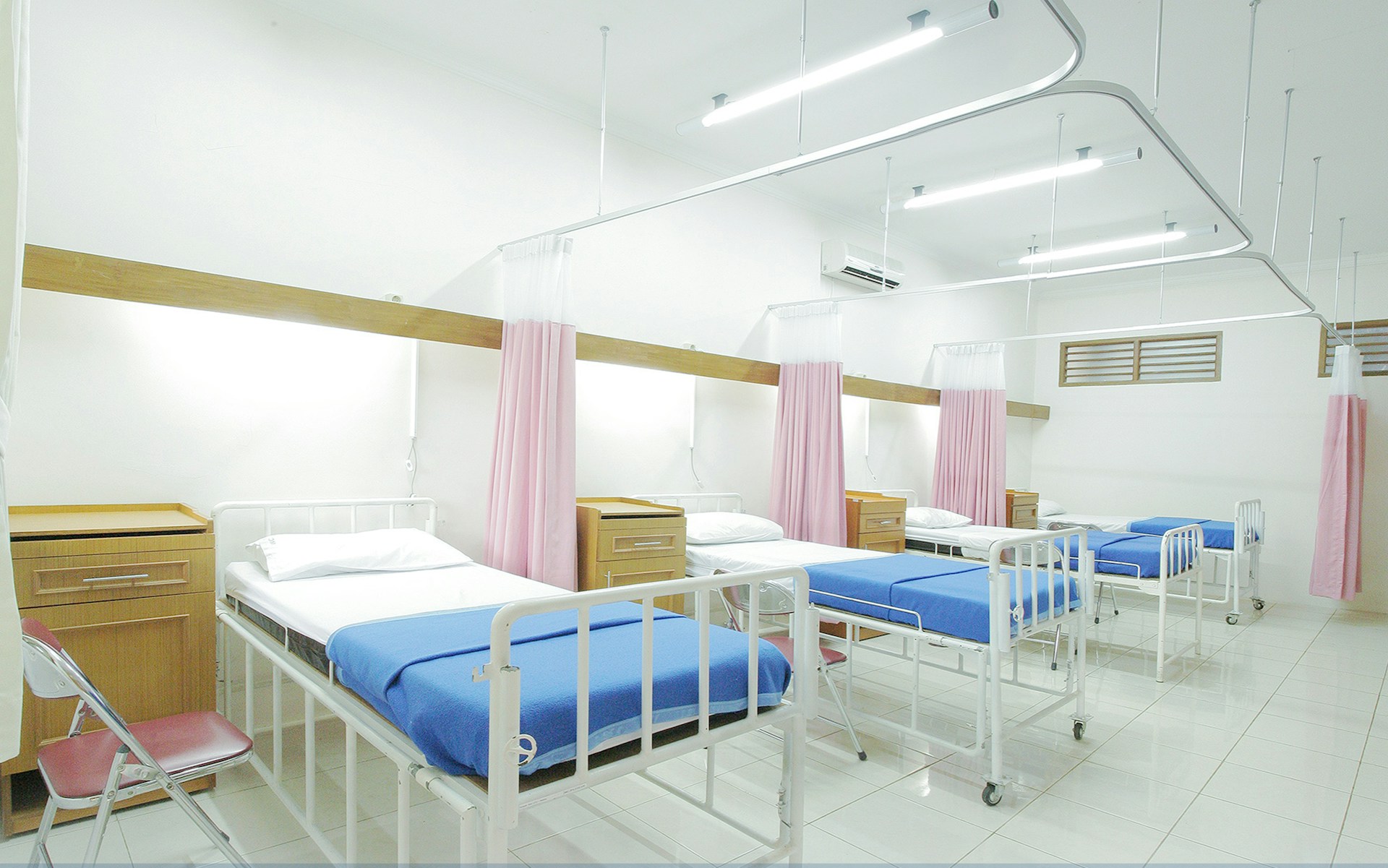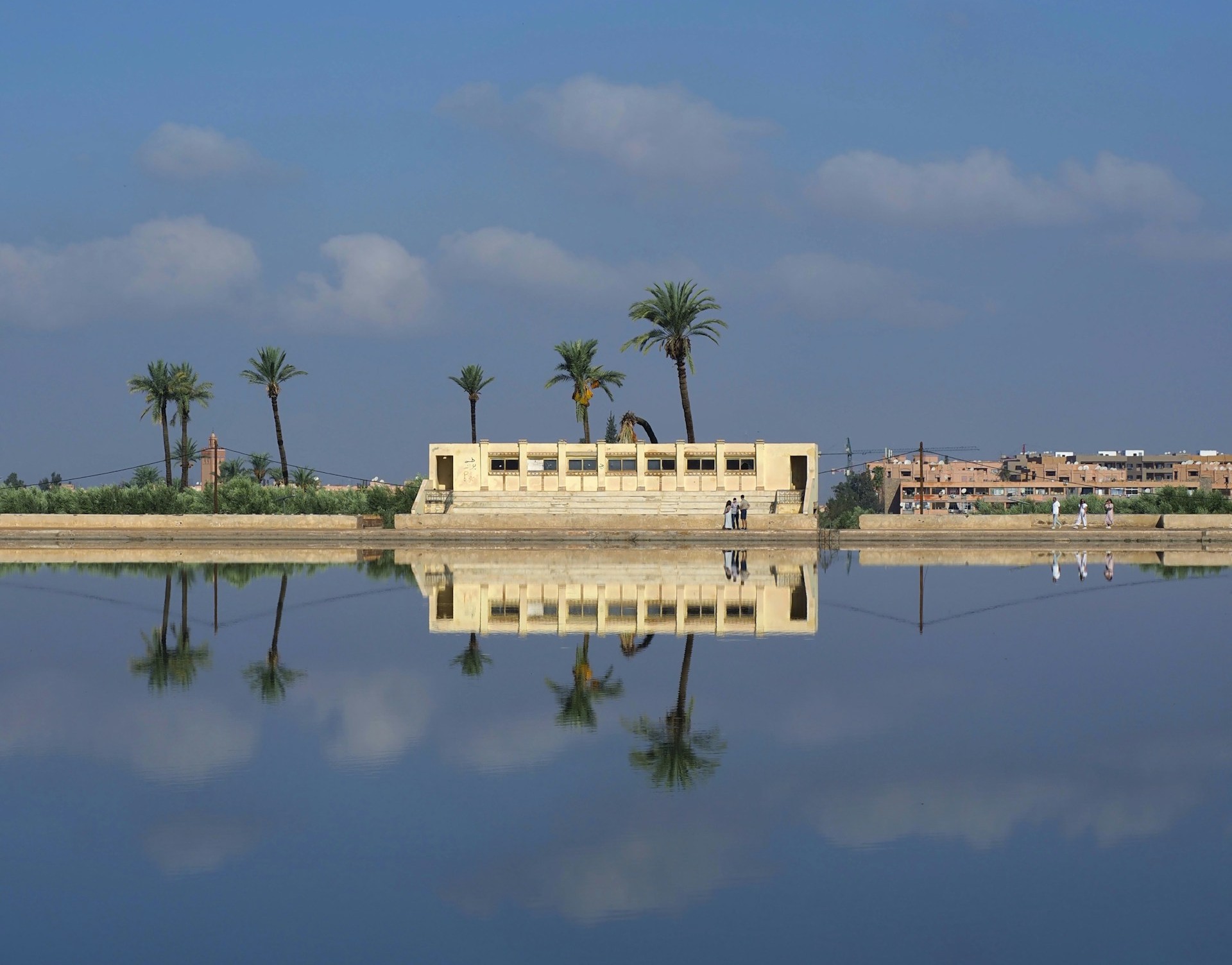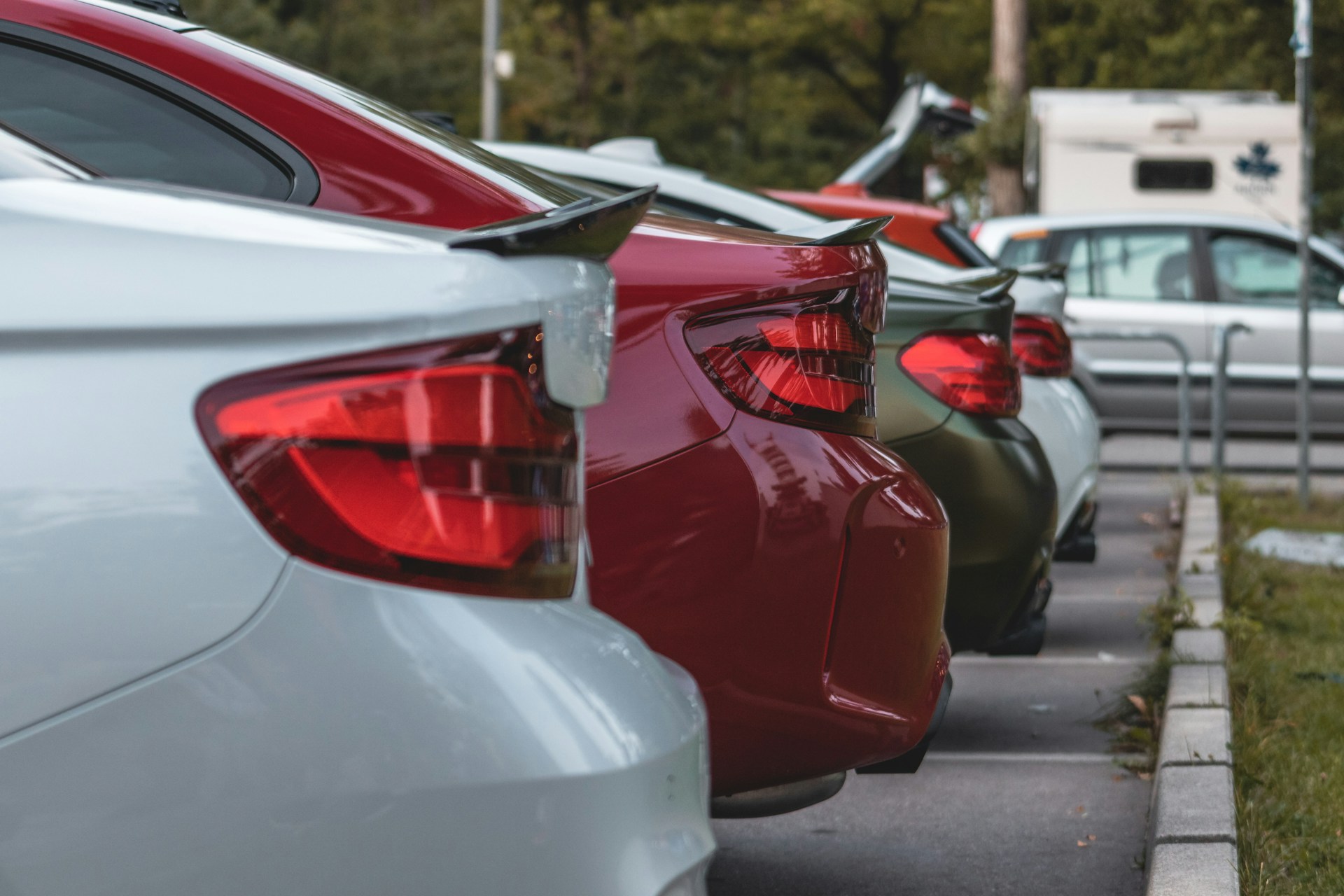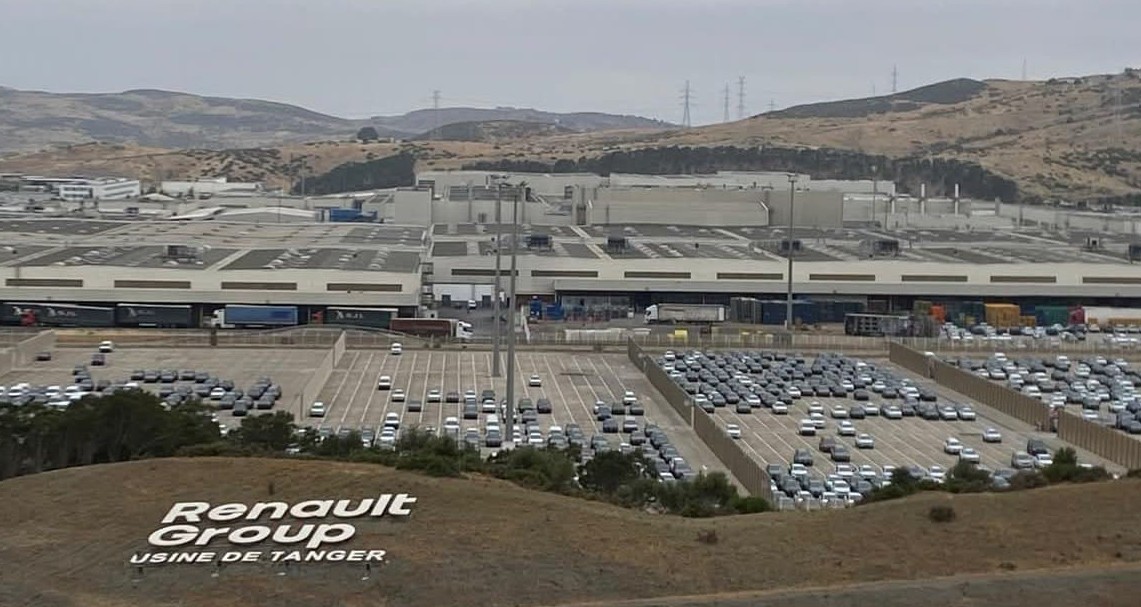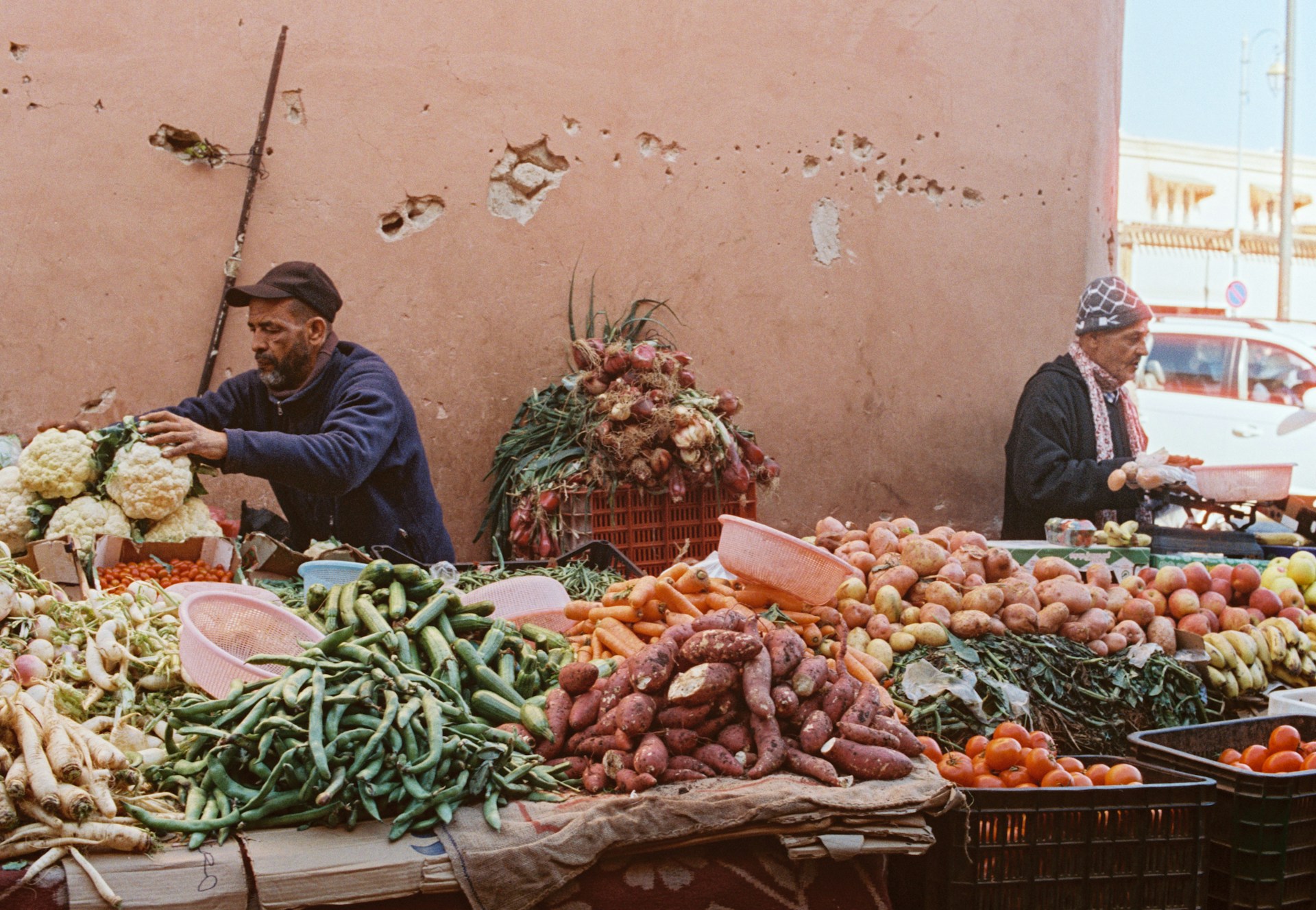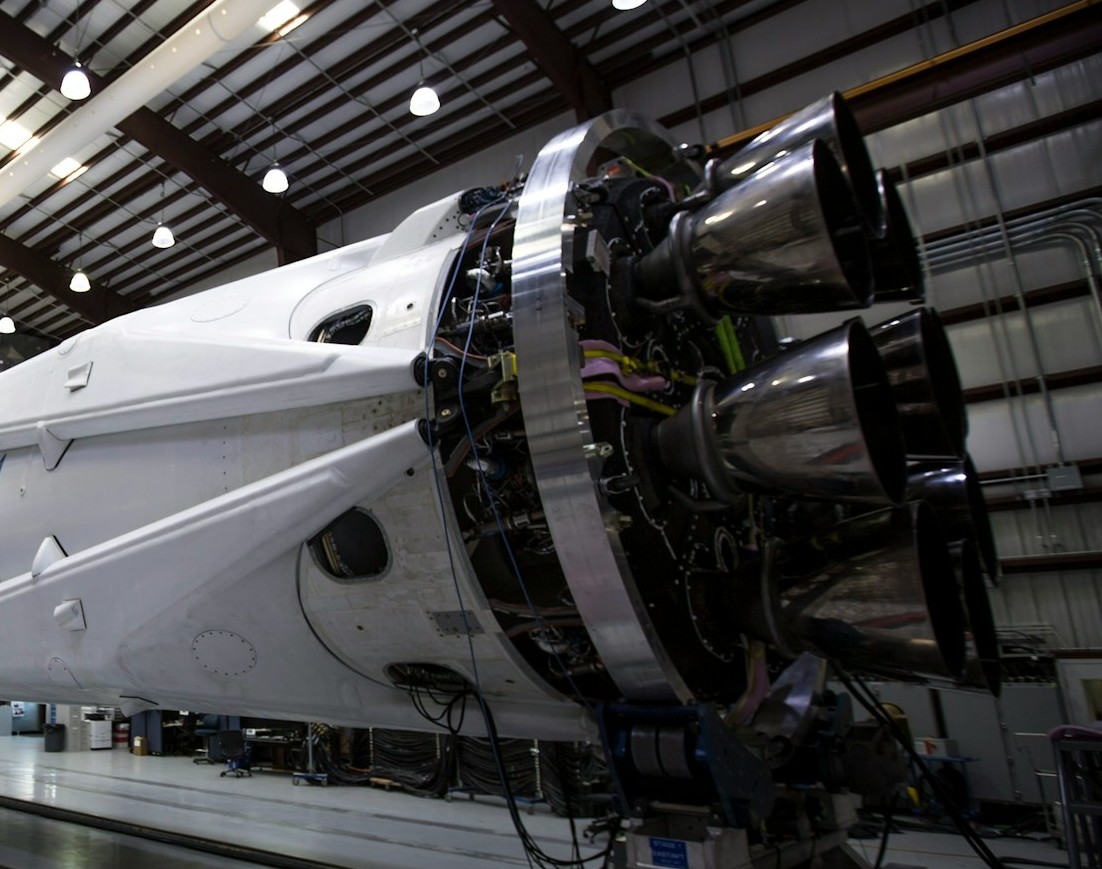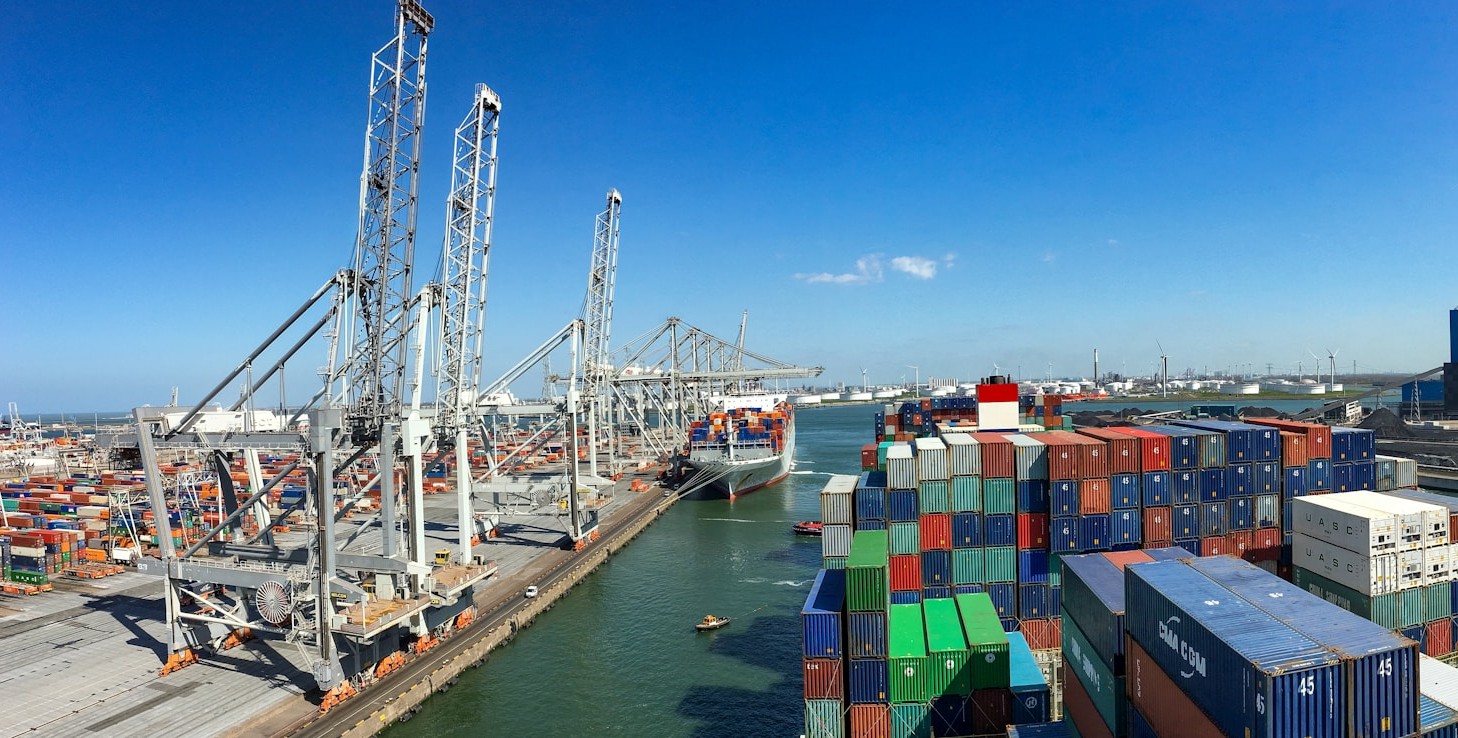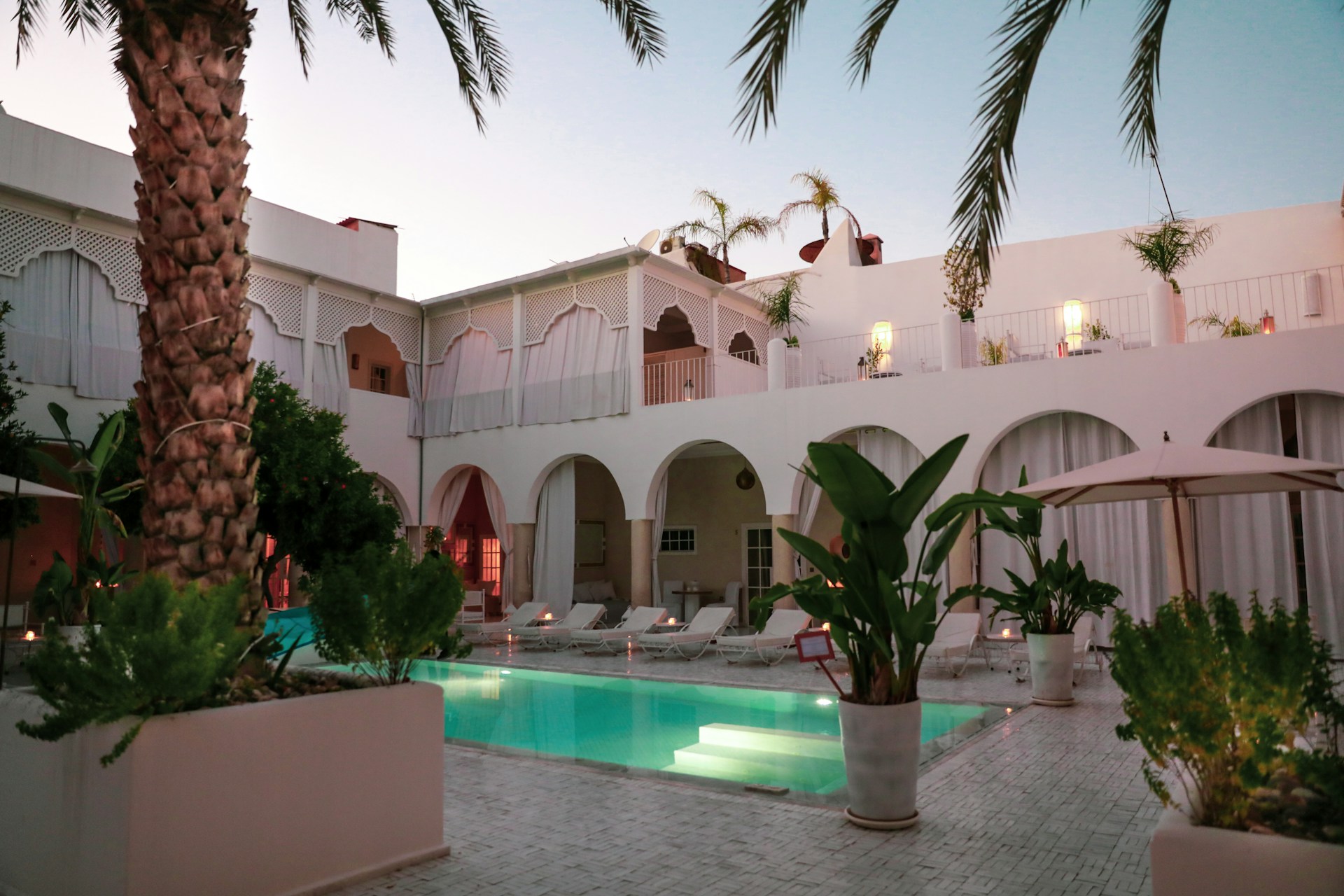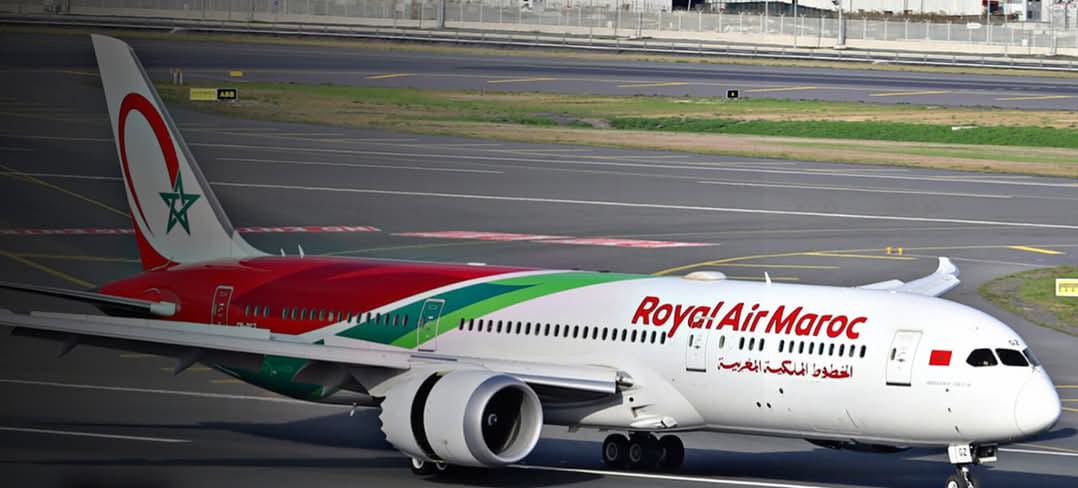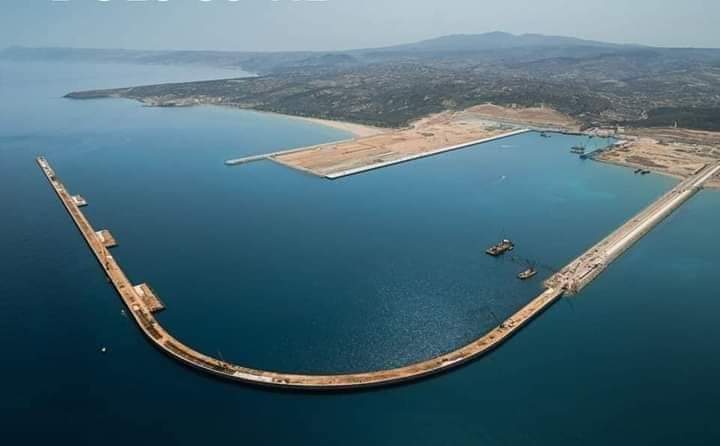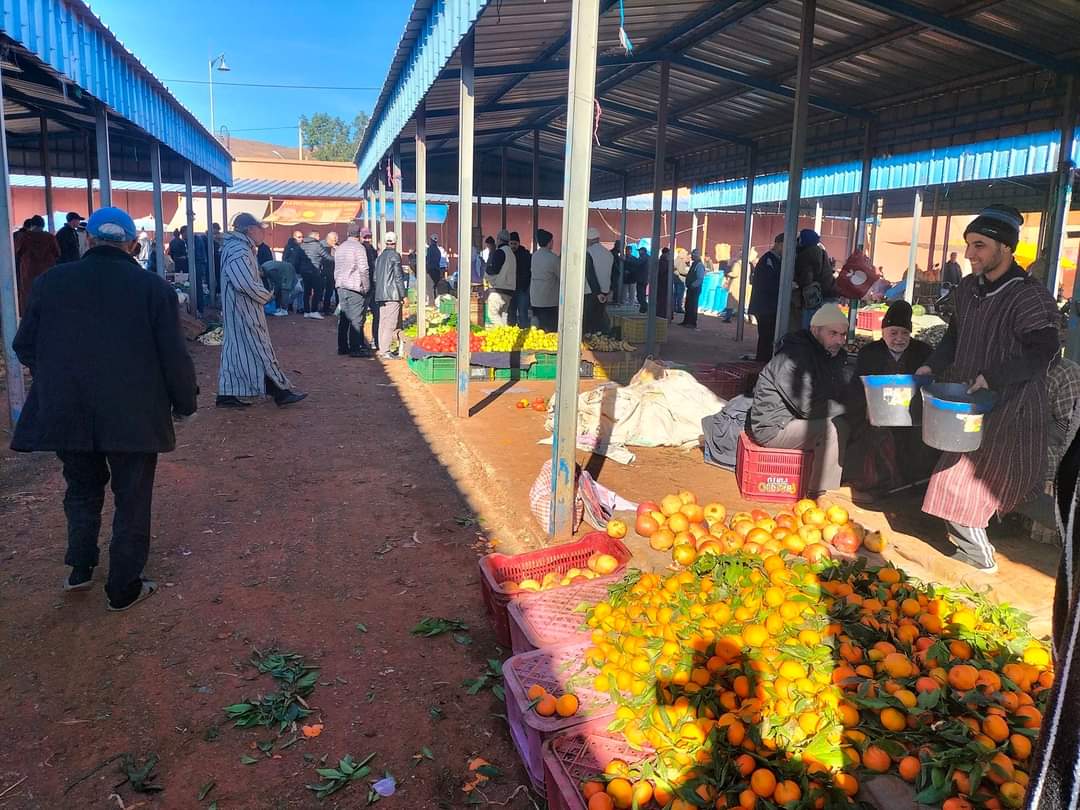Casablanca – Morocco’s automotive industry continues to demonstrate strong performance, with production rising sharply in the first half of 2025. According to figures released by the Ministry of Industry and Trade, over 350,000 vehicles were assembled between January and June, representing a 36% increase compared to the same period in 2024.
This upward trend strengthens Morocco’s position as the leading car manufacturer and exporter in Africa. The country’s sustained industrial expansion is driven by a combination of favorable policy frameworks, growing foreign investment, and integrated value chains connecting global automakers with local suppliers.
Strategic platforms fuel growth
The country’s two main automotive manufacturing hubs—Tangier and Kenitra—have played a central role in this growth. Home to major production facilities operated by Renault and Stellantis, both zones have undergone steady expansion over recent years, enabling higher output and increased employment.
The government’s long-term industrial policy, launched over a decade ago, has prioritized export-oriented manufacturing and supply chain integration. The strategy aims to position Morocco not only as a regional production base but also as a key link in the global automotive value chain.
Investor confidence and infrastructure
Morocco’s macroeconomic stability, coupled with its competitive infrastructure and extensive network of free trade agreements, has helped attract leading automotive brands and suppliers. Favorable tax regimes and dedicated industrial zones have also improved the business environment for global and domestic investors.
In addition to complete vehicle assembly, the country has seen a rise in investment in components and spare parts manufacturing, enhancing the sector’s depth and self-sufficiency. This diversification supports the creation of more resilient production ecosystems and promotes technology transfer.
Economic and employment impact
Beyond its impact on export revenues, the automotive industry has become a key driver of employment and skills development. The rise in production has spurred demand for technicians, engineers, and logistics specialists, prompting investments in vocational training and technical education.
According to economic analysts, this growth reflects a broader shift in Morocco’s economic model, away from consumption-driven sectors toward industrial production and innovation. The sector’s expansion is also helping to integrate small and medium-sized enterprises (SMEs) into global supply chains, fostering greater local value creation.
Challenges and strategic outlook
Experts note that the industry’s momentum will need to be matched by investments in research and development, especially as global markets transition to electric and hybrid vehicles. Morocco has already taken steps in this direction by signing agreements with international battery manufacturers and exploring opportunities in clean mobility technologies.
Looking forward, policymakers and stakeholders are focused on ensuring the sustainability of this growth. Priorities include strengthening links between industry and universities, modernizing logistics infrastructure, and aligning production with evolving environmental standards.
Regional and global ambitions
Morocco’s goal is to become a strategic industrial platform not only for European markets but also for the growing demand in sub-Saharan Africa. By consolidating its industrial base and embracing innovation, the country aims to play a larger role in shaping the future of mobility across the continent.
While challenges remain—such as global supply chain disruptions and rising competition from other emerging economies—Morocco’s steady progress underscores the resilience and adaptability of its industrial model.
